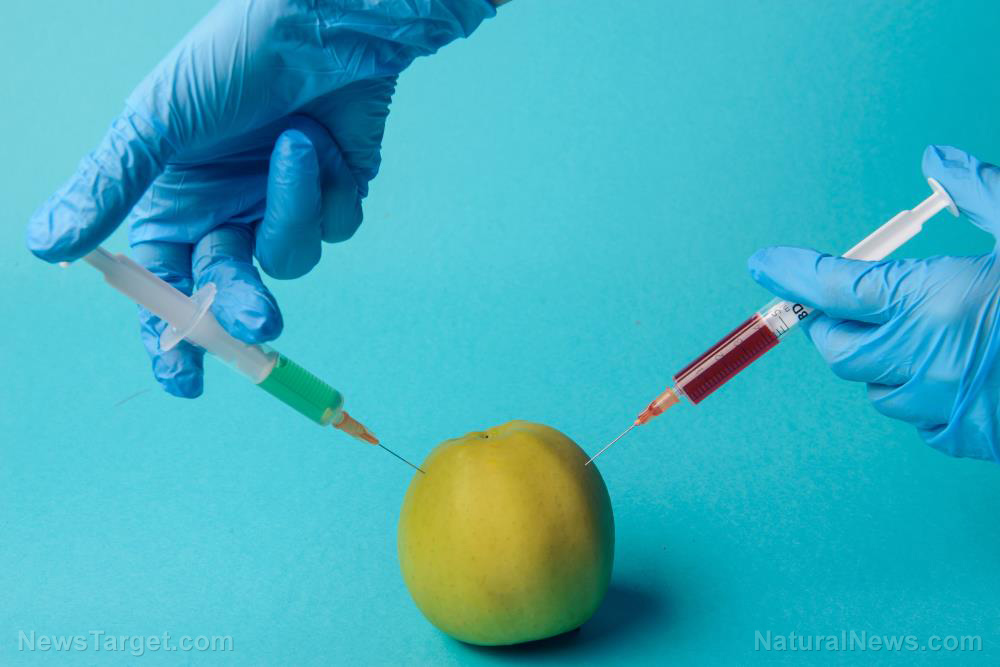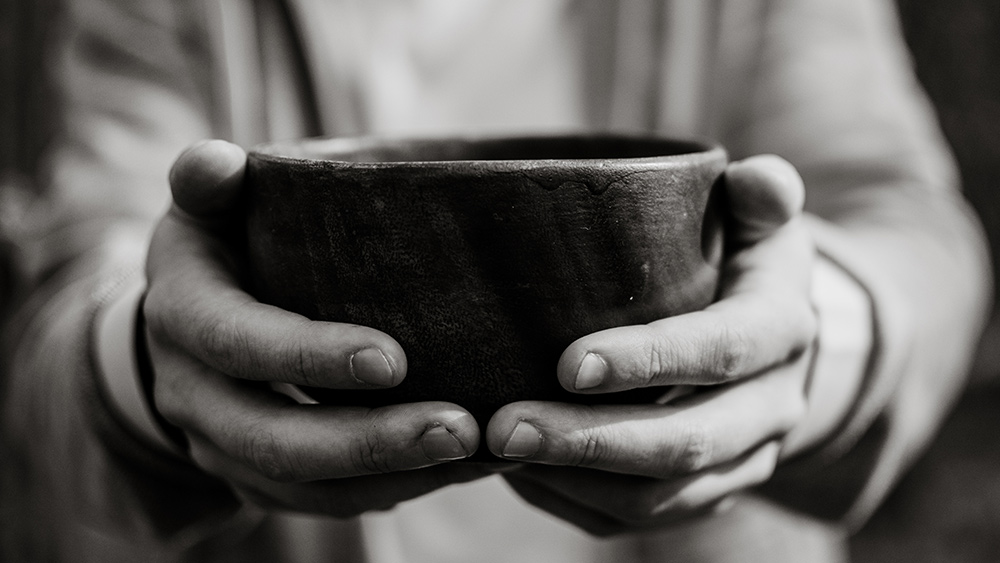
Here are 13 natural sweeteners you can get by growing certain plants in your home garden.
Agave nectar
Agave nectar is a natural sweetener derived from the agave plant. The plant looks like a cactus because of its sharp thorns, but it's actually a member of the aloe family.
Some varieties may take seven to 10 years to mature enough to be harvested.
Apple sugar
Apple sugar isn't a perfect substitute for table sugar, but it can be used as a sweetener for different dishes.
Here are some suggestions on how to use apple sugar:
- Add it to granola
- Make a nut butter sandwich topped with some apple sugar
- Sprinkle apple sugar and a bit of cinnamon on top of still-warm cookies, pancakes, pies, or raisin bread
- Make smoothies or kefir with apple sugar
- Sprinkle apple sugar on yogurt
Note that apple sugar doesn't dissolve like regular table sugar.
Barley malt syrup
Barley malt syrup is often used in beer making, but it can also be used as a light sweetener with a malt aftertaste.
To make this syrup, start with sprouted barley grains. The process isn't difficult, but you will need a lot of sprouted grains to make a tiny bit of syrup.
After the grains have sprouted, dry, crush and bake them at low heat. Once the syrup comes out of the crushed grains, strain it out and store it to use as a sweetener.
Coconut sugar
Coconut sugar is healthier than regular table sugar. It has a slight caramel flavor.
It isn’t made from coconuts but the nectar of the coconut flower. The nectar is collected then reduced to a thick sap. The sap can be boiled down into granules or used as is.
It's best to grow coconut palms in tropical areas like Florida and Hawaii.
Fruit paste sweetener
You can use several kinds of fruits to make fruit paste sweetener, such as dried apricots, dates, figs or raisins.
The dried fruit is soaked in water and then processed in a blender or food processor to make a paste. The paste can be used for cooking and baking. (Related: Sweeter than sweet: Used moderately, natural monk fruit sweetener is a healthy sugar alternative.)
Licorice root
Licorice root requires some patience to grow because this sugar alternative may take several years before it's ready to harvest.
Grow licorice root (Glycyrrhiza glabra) and not the licorice plant (Helichrysum petiolare), which isn't edible. You can reduce the wait time for harvesting by finding plants that are already a couple of years old.
Licorice root is a delicious and sweet addition to different homemade goods. Boil the roots in water to make a simple syrup.
Maple syrup
You can grow any kind of maple tree to make maple syrup, but sugar maples have the highest concentration of sugar. It can also take about 40 years for a maple tree to be large enough to tap, but you can find them easily in the north.
Try these suggestions on how to use maple syrup:
- As a topping for pancakes and waffles
- As a natural sweetener for different recipes
- Make roasted vegetables with melted butter and maple syrup
- Whip up a maple balsamic dressing
- Use maple glaze on cakes, cookies, donuts and scones
Sorghum syrup
Sorghum is a member of the grass family that you can grow in warmer areas of the United States. It is a tall cane that resembles corn crops. If you live in a Southern state, grow sorghum crops to make sorghum syrup.
Strip the leaves off the stalks and cut them into manageable pieces. Boil the stalks, then crush the juice out of each piece. Gently simmer the liquid until it is reduced to a thick, molasses-like syrup.
Sorghum syrup can be used as an alternative to molasses.
Stevia syrup or dried stevia leaves
Stevia is a member of the sunflower family that can be grown as a perennial in tropical areas. However, in climates with cold winters, stevia must be grown as an annual.
Dried stevia leaves can be used as a sweetener, or you can make a syrup from the leaves.
Sugar beets
Unlike the beets you eat in a salad, sugar beets are specifically grown for their high sugar content.
Sugar beets can be boiled and the liquid reduced to a syrup. Once the syrup air-dries, it will turn to crystals that can be crushed and used just as you would table sugar.
Beet sugar has a slight beet aftertaste.
Sugar cane syrup
It's best to grow sugar cane in a tropical area. To make sugar cane syrup, you need to chop the sugar cane into manageable pieces and boil them. Reduce the water into a concentrated syrup that can be used as a natural sugar alternative.
Xylitol or birch syrup
Like maple trees, birch trees provide sap that can be boiled down into a lightly sweet syrup.
Birch syrup is a granulated replacement for table sugar. While this syrup isn't as sweet as maple syrup, it's delicious and can be used in the same way you would the former.
Tap the trees just like a maple tree. However, it takes longer to reduce birch syrup than maple syrup. If you don't process it slowly and at a reduced temperature, the sugars will caramelize and the syrup might taste burnt.
Yacon syrup
Yacon is a tender perennial that grows edible tubers that look like Jerusalem artichoke. Yacon are tubers that can be eaten raw or cooked with a slightly sweet, apple-like flavor. The tubers can also be used to make a sweet, dark syrup.
To make yacon syrup, chop up the yacon into small pieces and process everything in a blender. Squeeze out the juice, then cook it down to make a thick, dark syrup. Use yacon syrup as an alternative to maple syrup, molasses or table sugar.
When SHTF, grow plants like agave and yacon to make natural sweeteners.
Watch the video below to learn how to make maple syrup.
This video is from the Health with benefits channel on Brighteon.com.
More related stories:
Reduce your sugar intake by making these naturally sweetened desserts at home.
Scientists unlock the molecules that make STEVIA 200x sweeter than regular sugar.
Why monk fruit is the best sugar substitute yet discovered.
Sources include:
Please contact us for more information.























